Drawing from a number of trends in the late 19th century, Tonalism emerged as a style of American landscape art that emphasized tonal values to express a moody or poetic feeling. Connected by similar concerns for atmospheric painterliness and close tonal harmonies, the main influences on this movement were the Barbizon School (as shown in the paintings of George Inness), the Aesthetic Movement and Japanese woodblock prints (reflected in the works of James Abbott McNeil Whistler), and Symbolism (embraced by Albert Pinkham Ryder).
Stephanie Marzella ably juggles the use of monochrome and vibrant color to offer a new take on this poetic style.
A Unique Approach to Tonalism
Questioned by collectors or curious viewers of their work, artists can find themselves presented with teachable moments — for the inquisitors and the artists themselves. One such opportunity presented itself to South Carolina (by way of Rhode Island) artist Stephanie Marzella, when it was suggested that she paint fewer marsh scenes. As she set out to explain the whys and hows of her painting process, she also clarified something significant about her work.
You see, when Marzella moved from Providence to Charleston, she felt immediately at home in the swampy, gothic landscape, thanks to the region’s similarities with Rhode Island. “Both have a lot of marshes, but South Carolina’s Lowcountry has vast, open skies,” she says.
This type of landscape suits the artist well, because she loves to showcase an abstract design in the sky, grounded by a bit of land.
So, as she explained to her challenger, she’s not so much painting the tidal creeks and marshes as she is using them to provide context for the abstract painting that comprises the sky and clouds. “The representational elements of the landscape are like a frame around an abstract painting of the sky,” says Marzella. “I see the sky as an area in the painting where I can do anything I want. My work is based in obviously recognizable elements, but I have fun as a painter, too — and the sky gives me complete freedom of expression. And the response to my work has been positive.”
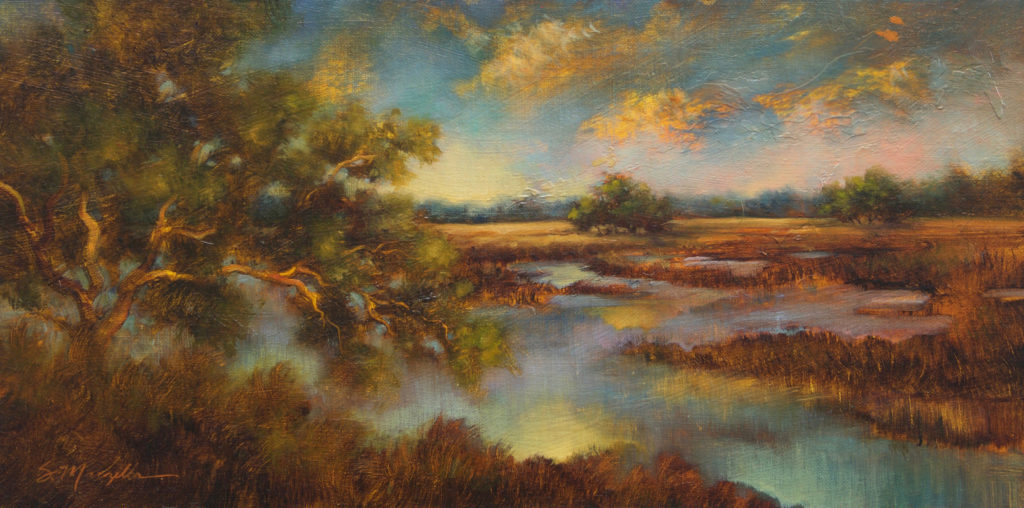
A Formula for Success
Indeed, the past year has been a fruitful one for Marzella. “It’s been the best year of my career thus far,” she says.
“Living as an artist certainly has its challenges. I’m fortunate to have strong representation, and sales have been fluid, so now I have a bit of financial freedom. It feels good, and I hope it lasts.”
Best of all, she has climbed to the top of the hill while being true to herself, which means pursuing a truly unique approach to painting. How does her work differ from that of others? To start with, she never draws her composition before charging onto the surface with paint.
She doesn’t even do thumbnail sketches, much less value studies.
Before applying a single brushstroke, however, she prepares her surface, smoothing on molding paste (Golden) or ceramic stucco gel (Liquitex) and allowing it to dry before applying transparent orange (Gamblin). “I am in love with Gamblin’s transparent orange,” Marzella says. “I would die without it. That, and their asphaltum.”
One of the biggest reasons the color asphaltum is so important to Marzella is that it is the basis of her monochromatic, tonal underpaintings (some of which progress no further and stand alone as finished works of art). There are a handful of plein air artists out there painting monochromatically, including, most notably, Charlie Hunter and Beth Bathe.
Marzella’s monochromatic pieces differ in that they exhibit her distinctive brushwork, and they rarely depict human structures. She’s interested in the warm tones of nature, which makes asphaltum — a transparent brown-black — the perfect color to utilize. “It is amazingly versatile,” says Marzella. “It’s like a dark chocolate brown, but when wiped out, it’s a warm yellow oxide. It can even go toward a transparent red oxide — all out of one tube of color.”
She achieves the monochromatic underpainting by coating most of the surface in asphaltum, then wiping it out to create lights using rags, rubber scrapers, paper towels, and brushes. If she knows an area needs clean color, she will refrain from applying asphaltum in that spot. Other artists appreciate her monochromatic paintings, along with some discerning collectors. But color sells. That’s OK for Marzella, because in another twist, she adores saturated, vibrant color.
“I guess my style is an odd blend of monochromatic tonalism and color,” Marzella says. “The two pursuits may seem at odds, but they are tied together by the emotion that rules them both. Truth is, I am both a moody and a happy person; I have two sides to myself in that way. I see a similar correlation in my art; I think the two qualities are related.”
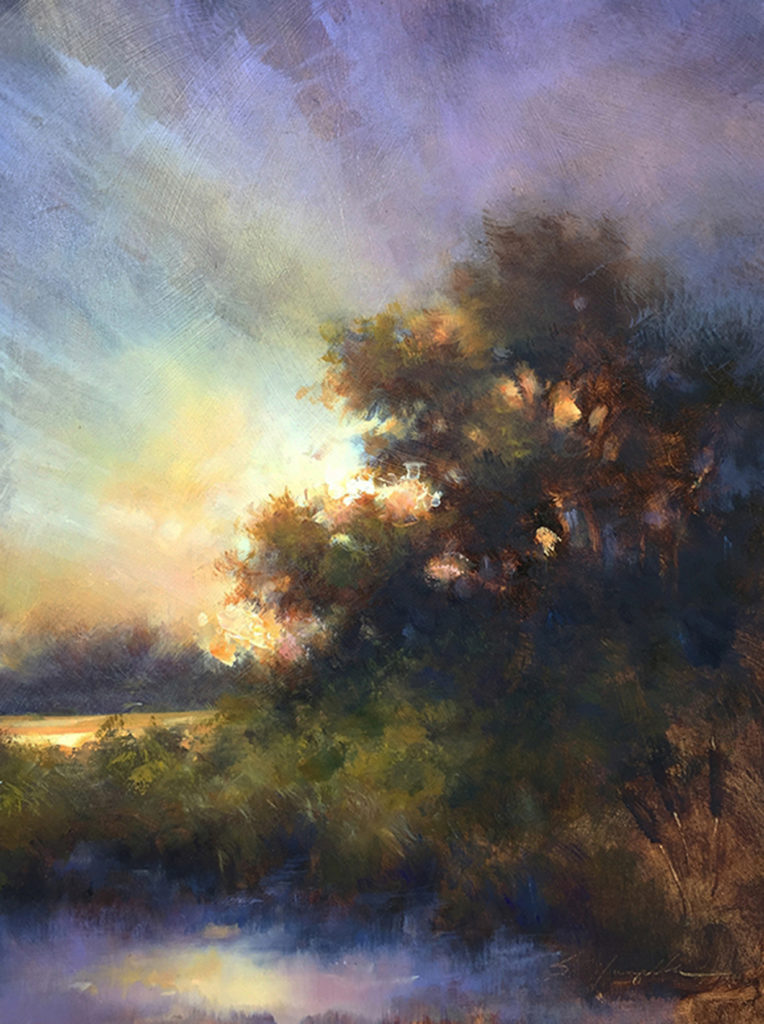
Making a Scene Her Own
Marzella likes to be ready to accommodate any inspiration she may feel. When the oil painter participates in plein air events, she brings as many as 50 different surfaces, each prepared uniquely with texture, tonal ground, and scale, ready for virtually any scene. She tends to paint on relatively small surfaces — usually no larger than 15 x 30 inches. Her color palette is extensive, and stems from her previous work in the textile industry. “I started as a colorist,” Marzella recalls. “I hand-painted and balanced all the color swatches you see in a wallpaper sample book. This was before the use of computers in the industry. It was amazing color training. To this day, I cannot limit my palette, because we used hundreds of colors.”
The artist needs all the colors on her palette, because what she feels and subsequently expresses in a plein air painting is vibrant. “I love pushing the color,” says Marzella. “I don’t stick to what I see, I paint what I feel. Each piece is a blend of tonalism, with its historical roots, and vibrant color, which makes it seem more contemporary. I want my paintings to feel timeless.”
Painting what she feels, she often departs from the specifics of a scene. “I do not capture the light,” Marzella says. “I don’t paint fast. It usually takes me six hours to paint a painting. It doesn’t matter how big it is, that’s just how long it takes. At the end of six hours, I typically like what I’ve done.
“My goal is to capture the feel of the place, the spirit of it. Every one of my plein air paintings encompasses several times of the day. I like that. I am not there to capture the scene. I am there to make it my own. I use plein air as experimentation.”
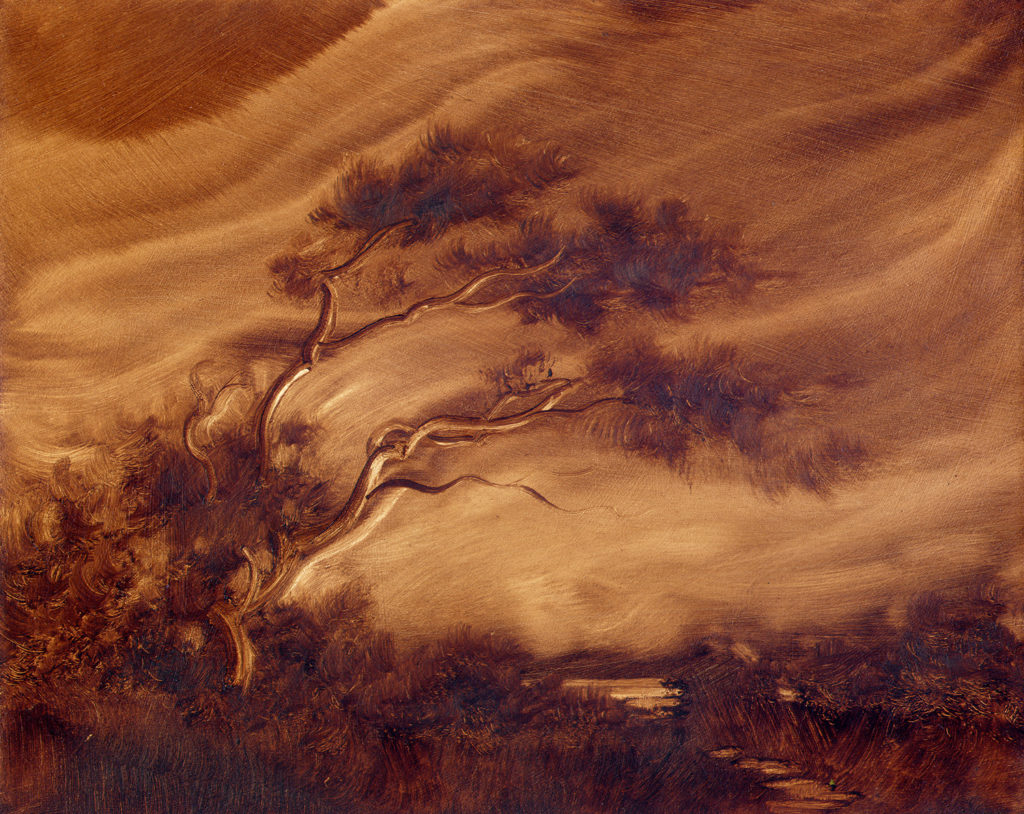
Marzella distinguishes herself from other plein air painters by virtue of her inventiveness. She acknowledges that many of her fellow artists are skilled at capturing what is right in front of their eyes, but she doesn’t want to be limited by what she sees. “I enjoy what I see, but I try to paint what I feel as I stand there. The spot has to speak to me, but then I take the elements that are in front of me and I change them. If it’s a blue sky and I want clouds in it, I add clouds. Artistic license.”
She can do this because of her training and experience. “I’ve been painting a long time, and my work is a culmination of thousands of hours both in studio and plein air painting,” says Marzella. “And more important, for me, is witnessing things. When I am driving down the road looking at the sunset, I’m noting how the shadows work, how the light is hitting the trees. With the skills acquired from all of my years of painting, I came into my own as I blended my training and the painting hours with what I can see, and bringing my imagination to it, to transcend what I see. I make the scene my own; I interpret it. Quite frankly, I believe what is inside me is more important than what I see in front of me.”
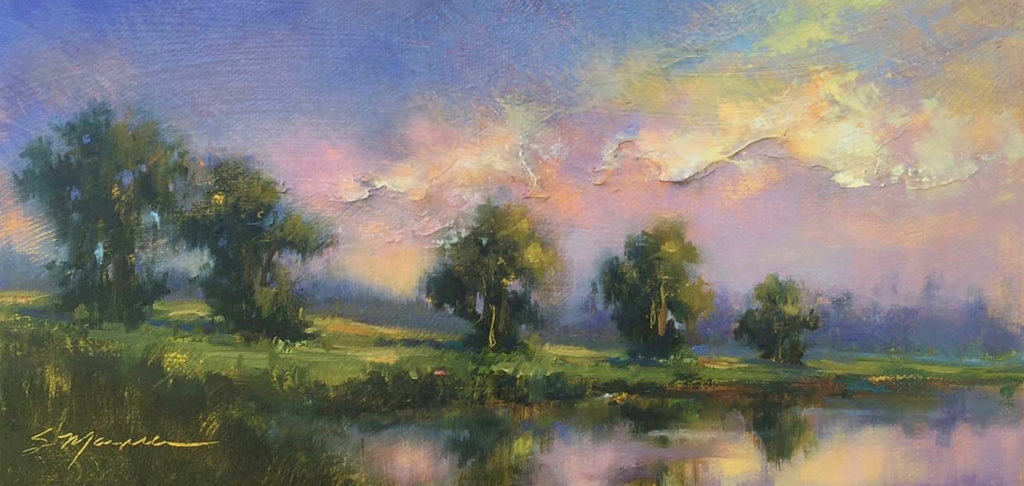
What Plein Air Can Be
The painter is somewhat bothered by the prevailing attitude that artists should make it look easy, mostly because of the possibly misleading and deleterious effect this posture can have on young, developing artists. Marzella feels that painters should be open and honest about how much of a struggle an artist’s life is. Even the best have bad years that are scary, and the best certainly are always questioning the quality of their work, and they should. Like many, Marzella expends a lot of herself when painting.
“When I’m painting, it’s an emotional experience for me,” she says. “I have cried over my own paintings, not because they are beautiful to me, but because of the challenges they present. I put so much emotion into them. I am trying to create peace, escapism.”
Outdoors, Marzella allows and expects her paintings to be more experimental. “When I paint en plein air, I am painting for myself,” says the artist. “In the studio, I want the result to be solid, and I want it to sell. Something in me unlocks a little bit when I’m painting outdoors, but not in a competition setting. The painting doesn’t have to sell. It gives me a freedom that for some reason I do not always feel when I am meeting deadlines in the studio.”
She says, “Jill Basham has a mantra, a reminder. She tells herself, ‘PFM’—Paint For Me. That’s what plein air can be.”
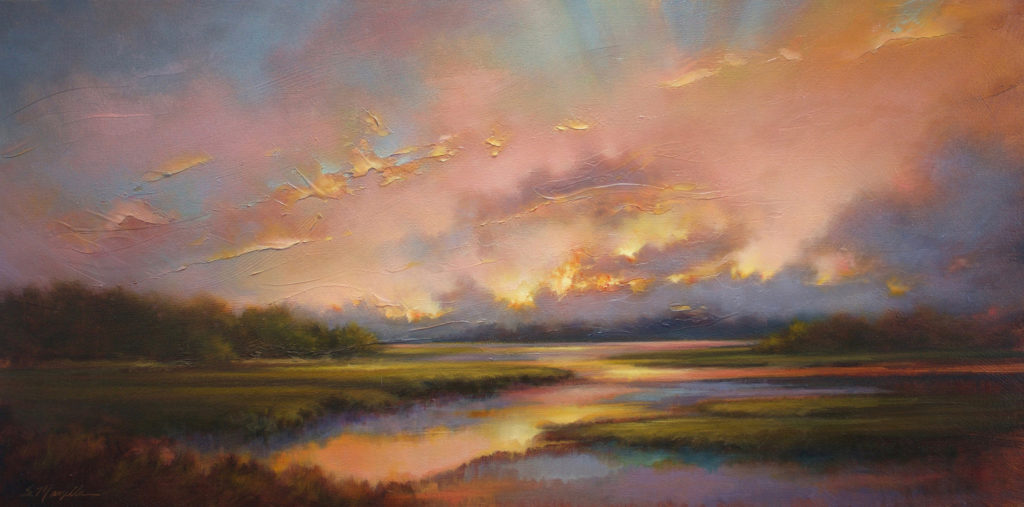
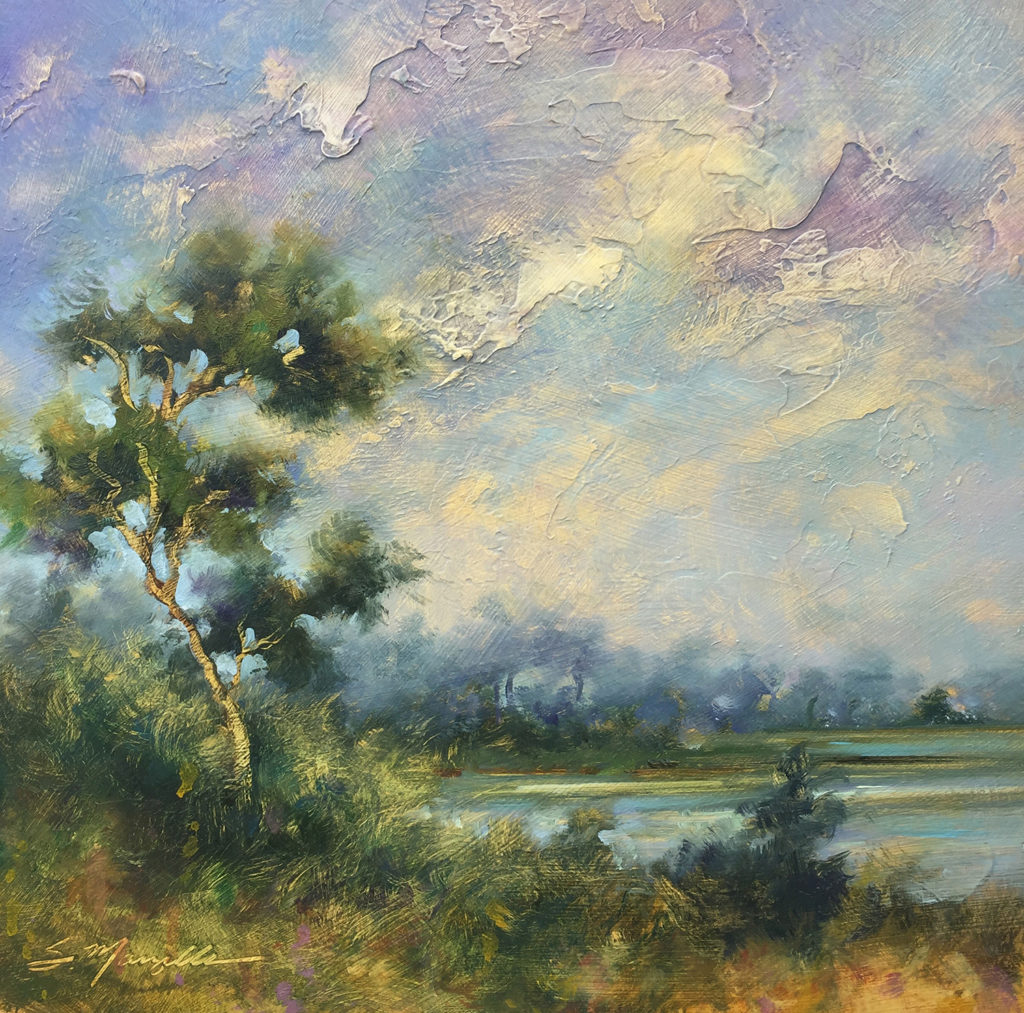
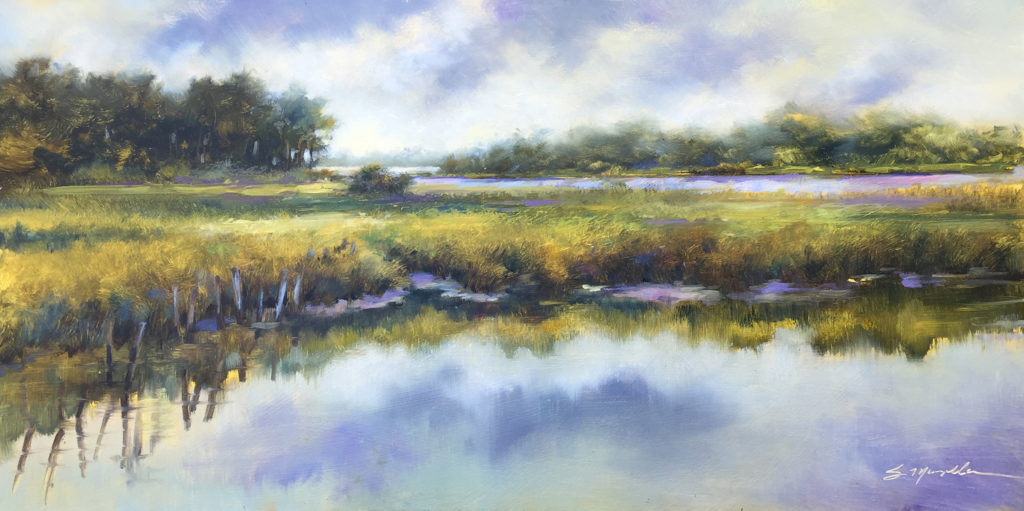
Browse OutdoorPainter.com to discover more about tonalism in art.
Visit EricRhoads.com to find out all the amazing opportunities for artists through Streamline Publishing, including:
– Online art conferences such as Plein Air Live
– New video workshops for artists
– Incredible art retreats
– Educational and fun art conventions, and much more.
> Subscribe to Plein Air Today, a free newsletter for artists
> Subscribe to PleinAir Magazine so you never miss an issue

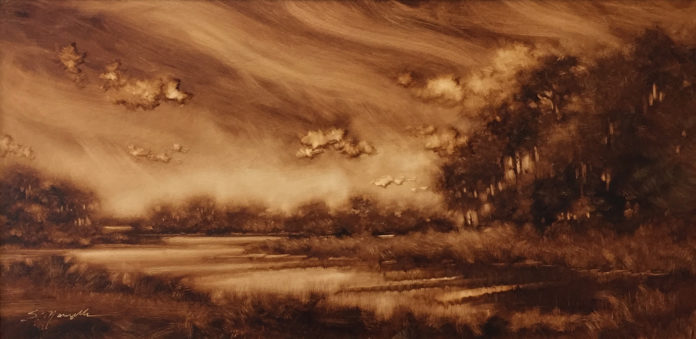


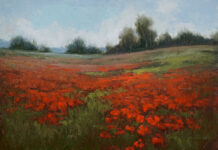
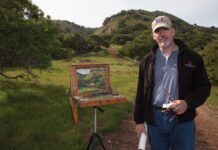

Beautiful paintings and informative article. Thanks Bob, for the story, and to Stephanie for explaining some of her processes.
Your paintings and thoughts are as precious and wonderful as you are!
I just hung 3 in my new home in Florida. Miss and love you ❤️